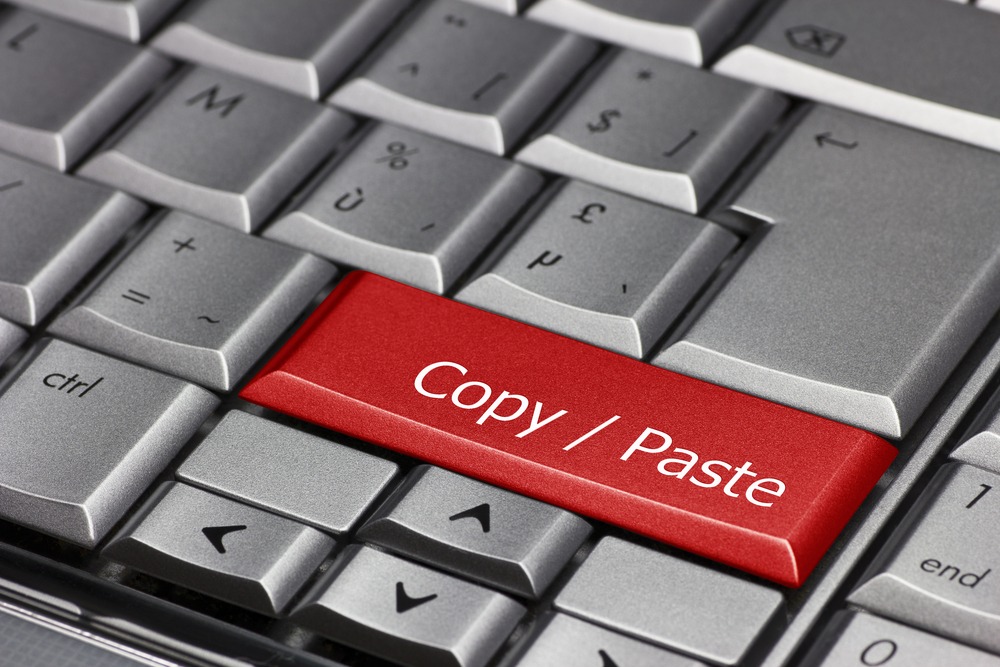Most people are familiar with the concept of plagiarism. It’s the act of taking the work of someone else and passing it off as your own.
Plagiarism has been an issue within academic circles for years. As well as being dishonest, it has put additional pressures on -educators who need to remain on alert for it at all times.
Thankfully, the advances in software have led to the development of sophisticated tools that can help educators with the task. The tools can automatically compare text submitted by a student with other pieces of work that have previously been lodged.
If too many similarities are found, the submitted work can be flagged for closer examination. The result is a fairer outcome for all involved and a reduction in educator workloads.
The challenge of self-plagiarism
The concept of self-plagiarism, which is also known as ‘duplicate plagiarism’, occurs when a writer recycles their own work for a different assignment or publication while representing it as new.
For students, this could involve recycling an essay or large portions of text written for a prior course and resubmitting it to fulfil a different assignment in a different course. For researchers, the concept involves recycling their own previously published work and submitting it for publication to another journal without citation or acknowledgment of the prior work.
The act of recycling one’s own work in some areas like scientific research is more nuanced. This is because, in research, work is often cumulative and builds on prior research. In those cases, researchers may engage in developmental recycling, generative recycling, or adaptive publication to publish later work or revise the writing for a broader audience. However, this is done while citing all prior publications.
Students who are not familiar with this form of academic misconduct often don’t have a sufficiently deep understanding of academic integrity. They may believe that because they are reusing their own work, it isn’t actually plagiarism or misconduct at all.
These students are very surprised to find out that they have, for example, a higher similarity score when submitting it to a review tool as it will match against a prior submission (their own). In some cases, they might ask for their earlier work to be removed, still unaware that they have engaged in self-plagiarism. In many cases, this will provide educators with an opportunity to discuss that student’s understanding of academic integrity.
The impact of self-plagiarism on academic integrity
The concept of academic integrity involves confirming the originality and honesty of submitted work. It also requires a thorough understanding of the importance of citation and academic respect at all times. Even if a particular submission is the student’s own work, it still needs to be original for that particular assignment. Self-plagiarism is little more than a tempting short-cut solution that actually ends up hampering the learning process.
When it comes to researchers, self-plagiarism is a violation of copyright and can affect the impact factor of both journals and researchers. A decrease in the impact factor detrimentally affects academic reputation and future publication possibilities.
Avoiding self-plagiarism
It’s clear that, although there are many instances of intentional duplicate plagiarism discovered each year, most cases of self-plagiarism are unintentional. Usually, they can be remedied with a clear explanation to the student about core principles of academic integrity, citation, and the prioritisation of original works.
The ongoing development of text matching software tools will help to ensure that a much higher proportion of incidents are spotted and can be rectified. The result will be a more level playing field for both students and educators.


Latest posts by Anna Borek (see all)
- Self-plagiarism: what it is and what can be done about it - August 13, 2021
You must be logged in to post a comment.


There are no comments
Add yours